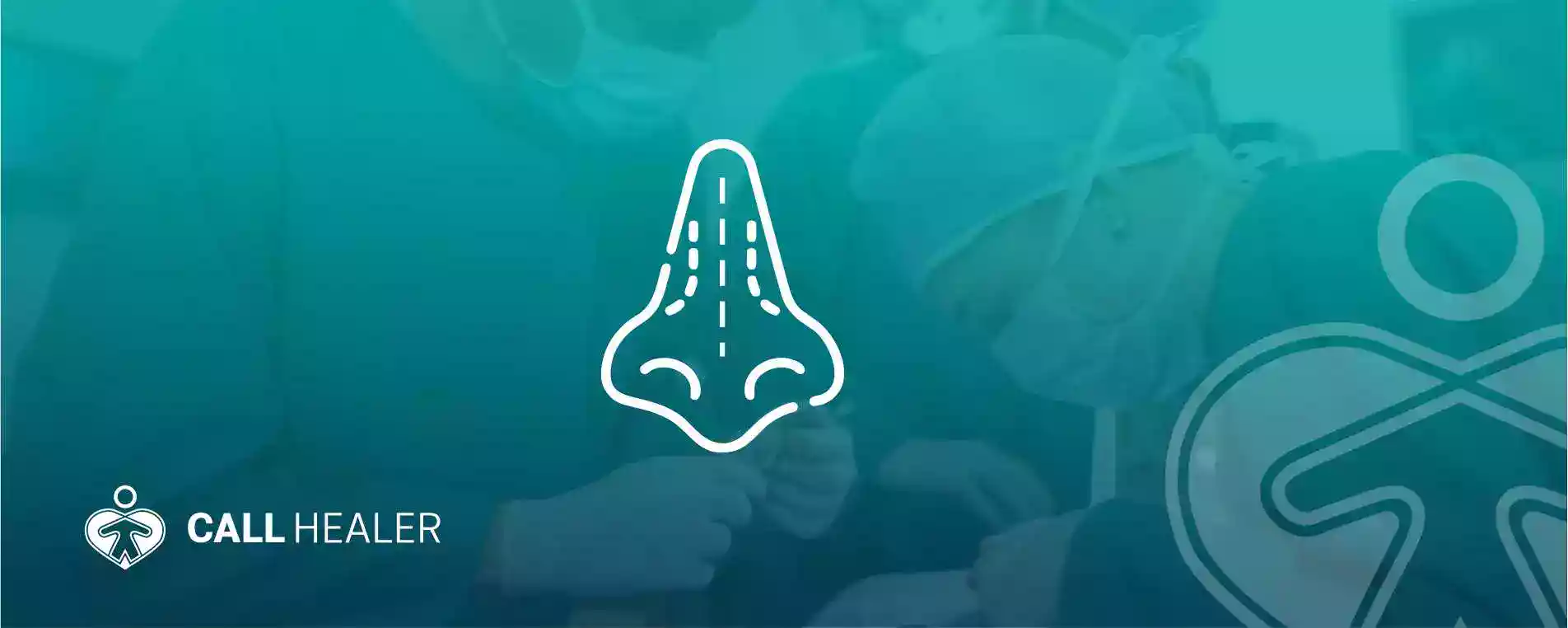Sclerotherapy (Drying by Injection)
Sclerotherapy is a medical procedure that is used to eliminate varicose veins and spider veins. Sclerotherapy involves the injection of a solution, which is usually a salt solution, directly into the vein. What the solution does is irritate the inner surface of the blood vessel and cause the vessel to collapse, stick together, and the blood to clot. The vessel turns into a scar tissue, which disappears over time.
What is Sclerotherapy?
Sclerotherapy is a proven procedure that has been in use since the 1930s. Before sclerotherapy, it is a dermatologist or a specialist in vascular medicine who will decide whether the patient is a good candidate for the procedure. The first meeting is held with them.
Pregnant women are not suitable for this procedure. Those who take birth control pills may have sclerotherapy. The suitability of patients who have had a blood clot in the past is decided individually and depends on the overall health of the area requiring treatment and the cause of the clot.
Veins that can potentially be used for future heart bypass surgery, unless they are already considered unusable, the patient will usually not be considered for sclerotherapy
Which Department Deals with Sclerotherapy?
Some medications need to be avoided before the sclerotherapy procedure that the cardiology field deals with. The patient should talk to his doctor about all medications taken, including over-the-counter medications, herbs, and dietary supplements. If it is necessary to take an antibiotic before sclerotherapy, a person should definitely contact his doctor. Lotion should not be applied to the legs before the procedure.
Some doctors recommend avoiding aspirin, ibuprofen (such as Advil, Motrin, and Nuprin) or other anti-inflammatory medications for 48-72 hours prior to the sclerotherapy procedure. But Tylenol should not affect this procedure.
Sclerotherapy (Drying by Injection)
Sclerotherapy or varicose injection is a procedure designed to improve the appearance of varicose veins. It is the injection of a solution called sclerosant into the veins that damages the inner lining of the vessel and causes blood to clot inside the vessel. Over time, the body will destroy the vessel. The solution used in this procedure is sodium tetradecyl sulfate. The presence of this solution in different concentrations depends on the size of the vessel being treated.
Foam sclerotherapy is injected directly as a solution into the vein that would normally be treated. Foam sclerotherapy is the conversion of a small volume of solution into foam. This is done by rapid mixing and shaking with a small volume of air. This method can be used to treat some of the larger abnormal vessels that are not treated with traditional sclerotherapy.
This operation is performed under the control of ultrasound. The foam solution causes intense spasms in the vessel, and a larger volume can be injected without the use of too much STD solution. Foam sclerotherapy provides a possible alternative to surgery. The initial results are promising.
However, since this is a new treatment and the long-term results are not yet known, it is not possible to say how the treatment compares to conventional surgery or sclerotherapy.
How is Sclerotherapy Performed?
In most cases of sclerotherapy, the salt solution is injected directly into the vein with a very thin needle. At this point, the patient may experience mild discomfort and cramps for one to two minutes, especially when injected into larger vessels. The procedure itself takes about 15 to 30 minutes.
The number of veins to be injected in a single session depends on the size and location of the veins and the general medical condition of the patient. Sclerotherapy is performed by a dermatologist or surgeon in the doctor's office, and aerobic-style activities should not be performed for several days after the procedure.
Depending on the number of varicose veins owned, the patient may need treatment for 2 or 3 sessions, and sometimes more than that. The main surface vein to be treated will first be marked on the leg using an ultrasound scan. A local anesthetic is injected into a small area of skin. This area is usually the lower calf or the middle of the calf. An ultrasound scan is used again and a needle is inserted into the vein.
This is washed off with a salt solution containing heparin, a blood-thinning agent, to keep the needle open. Then two or three small needles are inserted into the varicose veins that appear on the leg, and they are cleaned in a similar way. The leg is then lifted onto the couch and the solution is injected into each of the needles in small volumes at a time. When doing this, the patient is asked to bend the ankle up and down to increase blood flow in the deep veins.
Advantages of Sclerotherapy
After sclerotherapy, the patient can go home and resume his daily activities. Walking is encouraged. Studies have shown that between 50 and 80% of the injected veins can be eliminated with each sclerotherapy session. Less than 10% of people undergoing sclerotherapy do not respond to injections at all. Different solutions can be tried in these cases. Although this procedure works for most patients, there is no guarantee of success.
In general, spider veins respond within three to six weeks, and larger veins respond within three to four months. If the vessels respond to treatment, they will not reappear. But new veins may appear in the same proportion as before. If necessary, the patient can return for injections.
The Process after Sclerotherapy
After Sclerotherapy procedure, some side effects may occur. There are milder effects, such as itching, which can last for a day or two after the procedure. Also, puffy, red areas may form at the injection site. They disappear within a few days. Bruising may also occur at the injection site and may last for several days or a week. Other sclerotherapy side effects include:
- The larger veins that are injected can become lumpy and hard, and it may take several months to resolve.
- Brown streaks or spots may appear in the vein area. They can be indefinitely, and sometimes disappear within three or six months.
- Neovascularization that is, the development of new and small blood vessels can occur at the site of sclerotherapy therapy. These small veins may appear days or weeks after the procedure, but disappear within three to twelve months without further treatment.
If any of the following side effects occur, a doctor should be consulted immediately. These include:
- Inflammation in the groin
- A leg that suddenly swells
- Formation of small ulcers at the injection site
Allergic reactions to the injected liquid, can occur during sclerotherapy procedure and is rarely serious. If the patient has a history of allergies, he is more likely to experience an allergic reaction. A slight allergic reaction leads to swelling and itching. To avoid any serious complications, the doctor will test the agents on a small area before applying the solutions to a larger area.
In order to compress the treated vessels, the patient may be asked to wear support socks. If the patient has compression stockings from previous treatments, it is recommended that the patient bring them with him to make sure that they still have sufficient compression. Aspirin, ibuprofen or other anti-inflammatory drugs should be avoided for at least 48 hours after injections. If necessary, Tylenol can be used. In addition, the following should be avoided for 48 hours after treatment.
- Hot compress
- Jacuzzi or sauna
- Direct exposure to sunlight
https://www.mayoclinic.org/tests-procedures/sclerotherapy/about/pac-20384592











{{translate('Yorumlar')}} ({{yorumsayisi}})